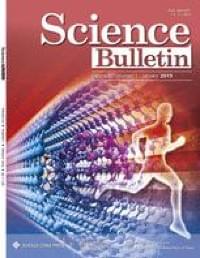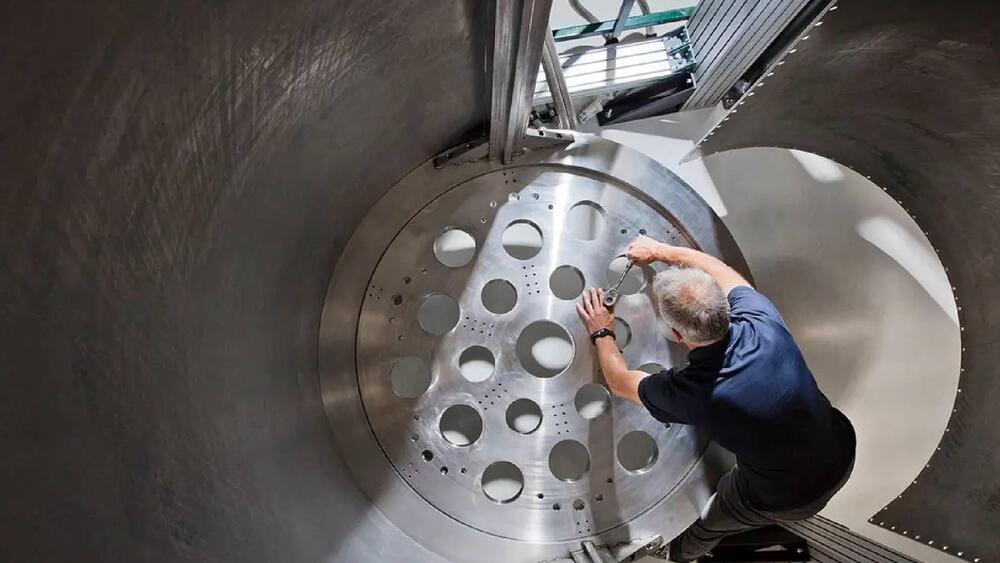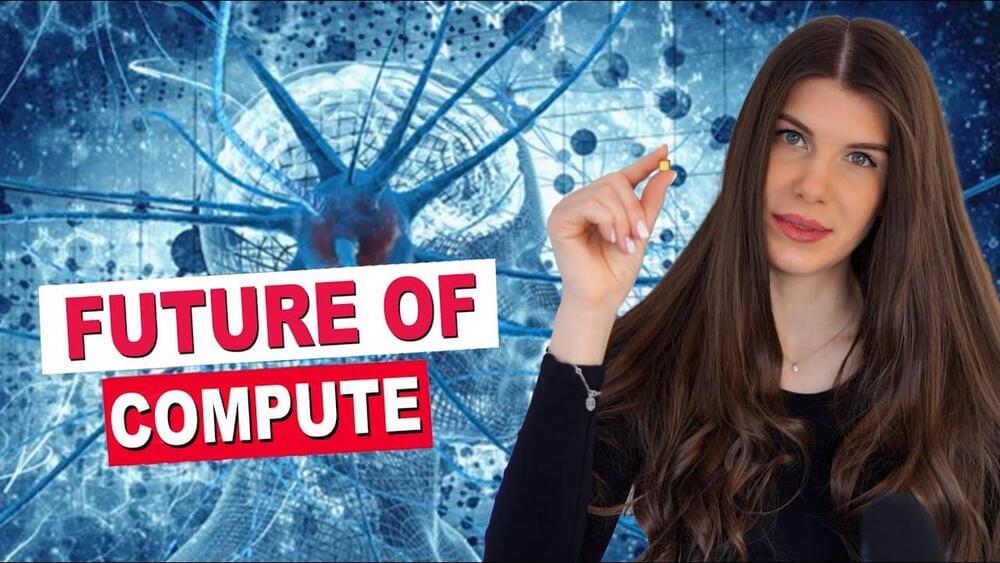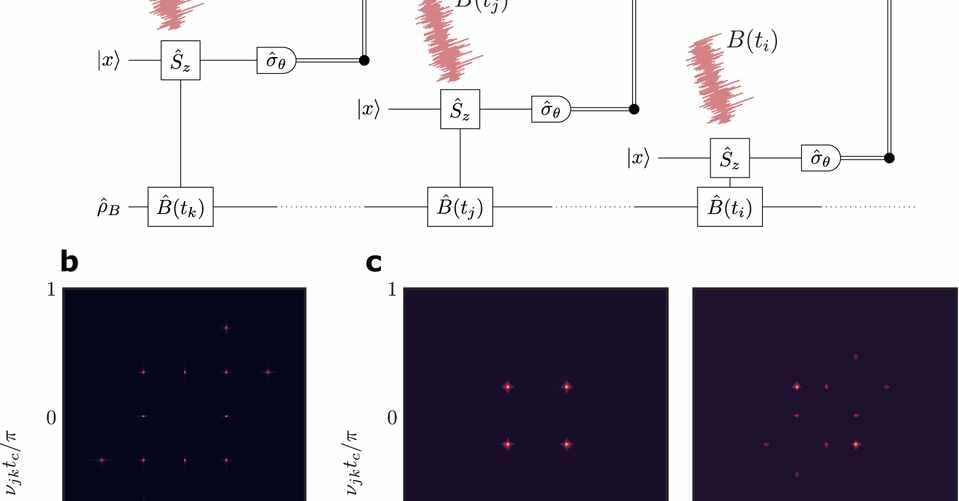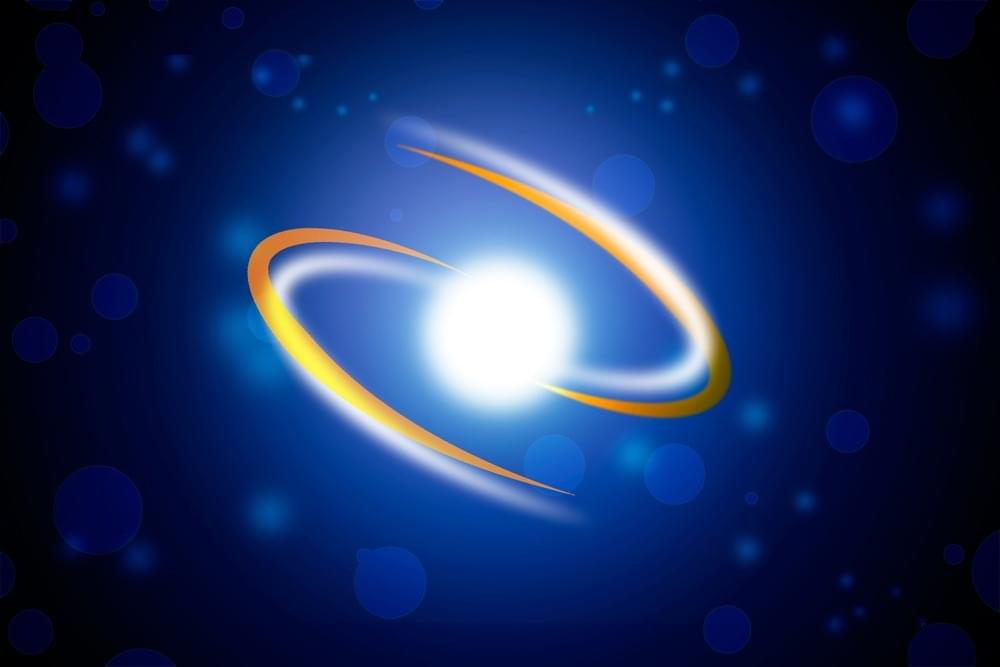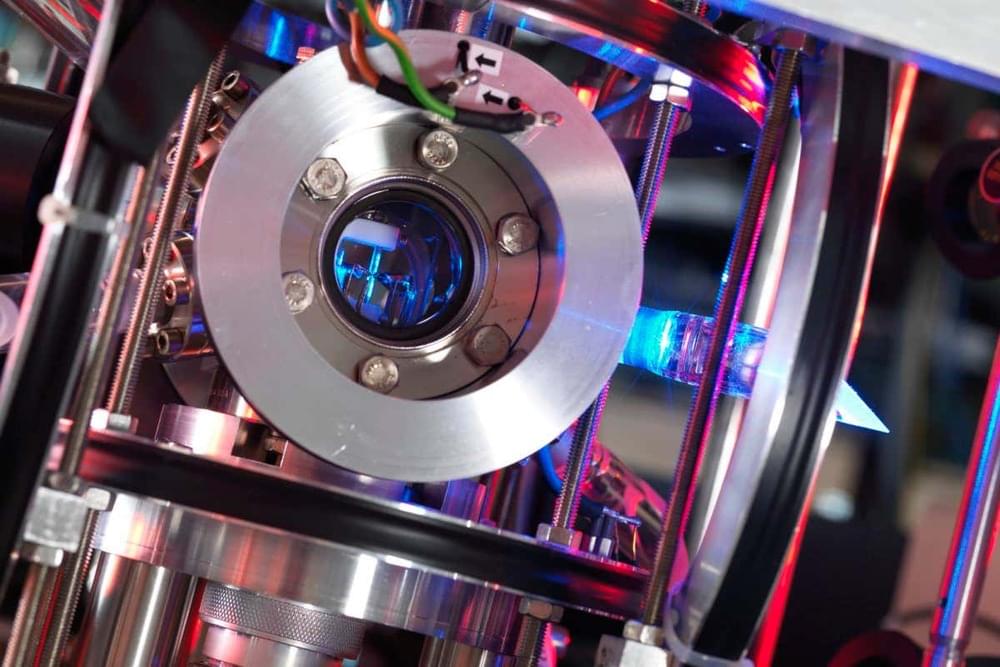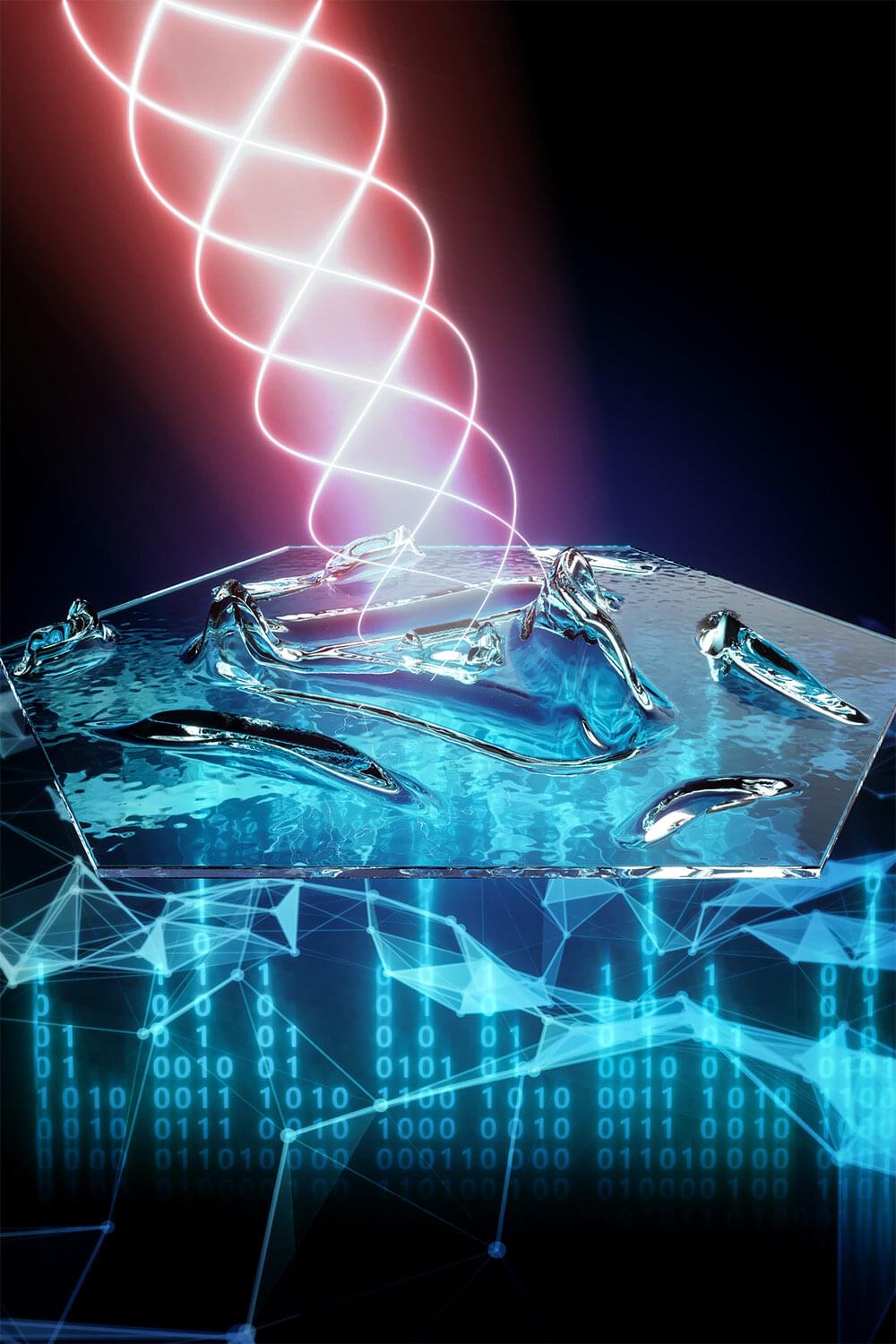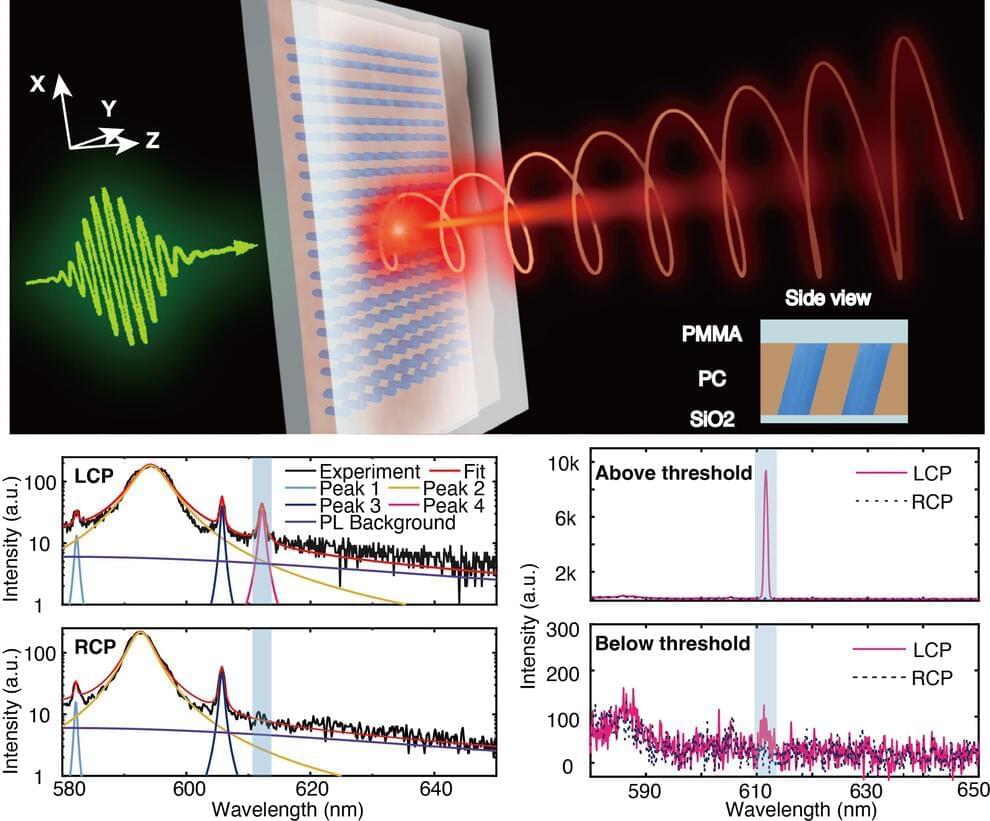Sep 11, 2022
Quantum superposition, entanglement, and state teleportation of a microorganism on an electromechanical oscillator
Posted by Quinn Sena in category: quantum physics
Circa 2016 memory transfer between two organisms.
Schrödinger’s thought experiment to prepare a cat in a superposition of both alive and dead states reveals profound consequences of quantum mechanics and has attracted enormous interests. Here we propose a straightforward method to create quantum superposition states of a living microorganism by putting a small cryopreserved bacterium on top of an electromechanical oscillator. Our proposal is based on recent developments that the center-of-mass oscillation of a 15-μm-diameter aluminum membrane has been cooled to its quantum ground state (Teufel et al. in Nature 475:359, 2011), and entangled with a microwave field (Palomaki et al. in Science 342:710, 2013). A microorganism with a mass much smaller than the mass of the electromechanical membrane will not significantly affect the quality factor of the membrane and can be cooled to the quantum ground state together with the membrane.
